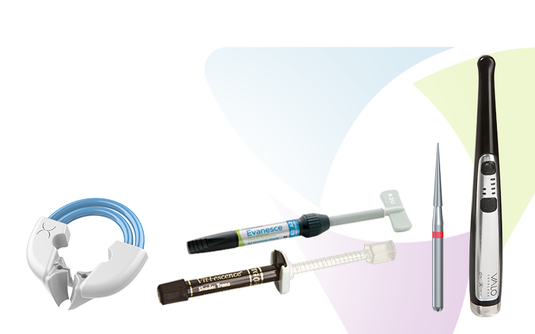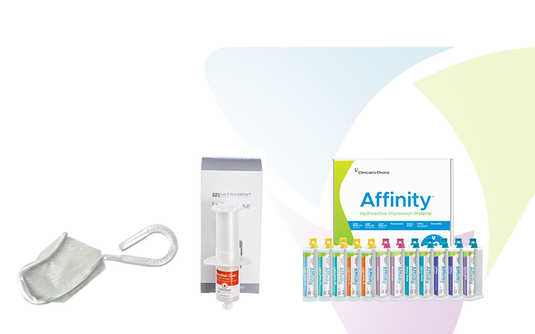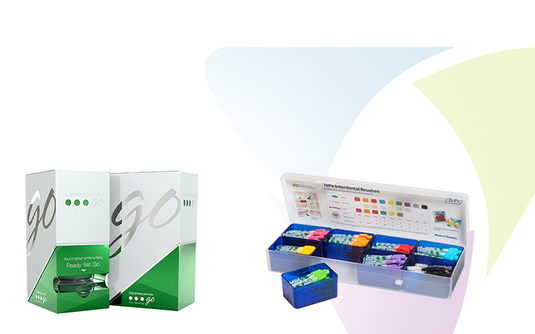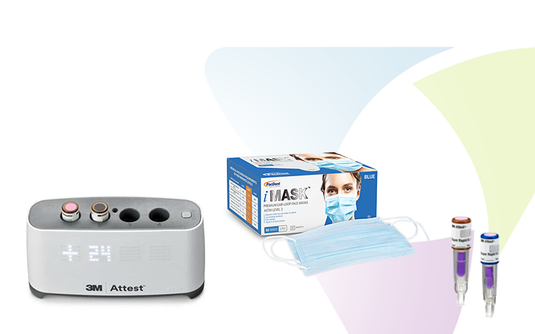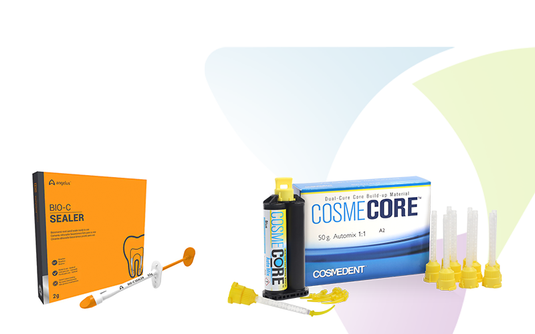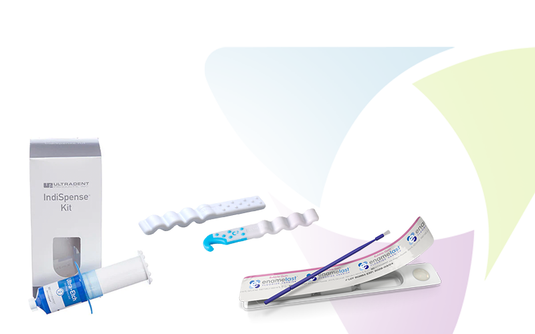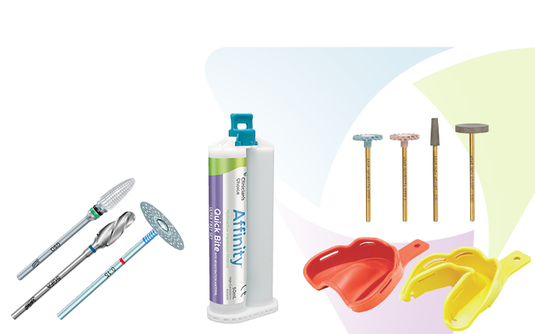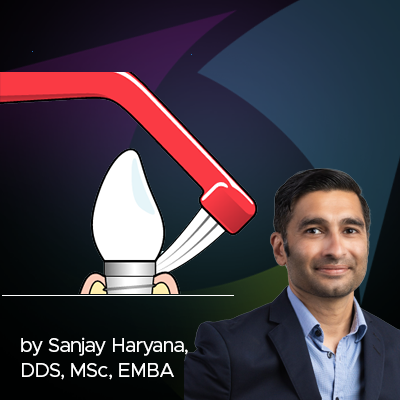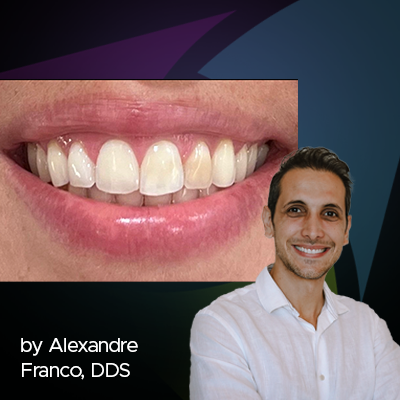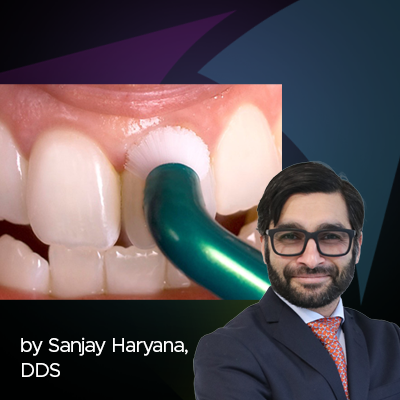
Oral Hygiene - The Foundation of Aesthetic Dentistry
Aesthetic dentistry is about so much more than good looks. Dr. Sanjay Haryana highlights prevention as a cornerstone of aesthetic dentistry and shares his clinical tips.
Today, aesthetic procedures are standard treatment and socially accepted. Increased exposure in media over time has changed self-awareness, and recent year’s social media has had an impact and changed the norm for social acceptance, especially for the younger age groups. Opinions are mixed, but studies are showing that a positive subjective perception of one’s appearance can influence an individual’s psychosocial health and the quality of life for the better. However, prevention
and prophylaxis can never be overlooked when it comes to aesthetic dentistry.
COSMETIC VS AESTHETIC DENTISTRY
There is a difference between cosmetic dentistry and aesthetic dentistry. While cosmetic dentistry aims to enhance the appearance of one or several teeth, aesthetic dentistry aims to eliminate oral disease, restore or improve function and finally enhance the overall appearance by restoring the teeth into a natural-looking state. One can refer to these as the three pillars of aesthetic dentistry; 1. Oral health, 2. Function, and 3. Aesthetics.
WHITE VS PINK AESTHETICS
White aesthetics refers to the teeth’s hard tissue and pink aesthetics the soft tissues surrounding the teeth. In achieving the best aesthetic treatment result, both white and pink aesthetics should be addressed, and it is the shape and ratio between these two that create harmony in the smile.
Pink aesthetic treatment can sometimes be invasive, including gingivectomy, crown-lengthening and gum-grafts. However, in regular day-to-day practice, acceptable pink aesthetics can be achieved through prophylaxis and improved oral hygiene routines.
PERIODONTAL DISEASE AND AESTHETIC DENTISTRY
As discussed earlier, oral health is a precondition for aesthetic dentistry. It is important to keep in mind that gingival bleeding is the leading marker for periodontal disease and a contraindication for aesthetic dentistry. Periodontal disease needs to be treated before any aesthetic treatment begins.
One of the aims of periodontal treatment is for the soft tissue (pink aesthetics) to revert into its healthy state, and as a result, the shape and volume of tissue will change. If any aesthetic treatment starts before the patient is periodontally stable, there is a chance of undesired outcomes, such as visible margins, wrong proportions of hard versus soft tissues and, worst-case, lost teeth.
PREVENTION AND PROPHYLAXIS
Seen in this perspective, prevention and prophylaxis are the cornerstones of aesthetic dentistry, independently of the complexity of the case.
Firstly, good oral hygiene is a requirement before any aesthetic treatment. Secondly, healthy soft tissues are the starting point in the preplanning phase in order to be able to plan and visualise the end result. Thirdly, the patient’s abilities to maintain a good oral hygiene regime before, during and after the aesthetic treatment determine the long-term success.
Creating a maintenance program based on individual needs and preferences is fundamental. The focus should be on information, motivation and instruction regarding why and how to remove the dental biofilm mechanically. The dental professional must guide the patient in choosing the correct toothbrush design, the right size or sizes of interdental brushes, and in some cases, a special brush. Furthermore, the professional must teach the appropriate technique to the user.
CLINICAL TIPS
- Use written information and visual aids. Patients tend to “forget” what was recommended in the dental office. Written information reminds and aids the patient regarding recommended oral hygiene devices, sizes and in what areas to use them. TePe has a prescription pad designed for this purpose. (Fig. 1)
- Interdental brushes are the most efficient way of removing plaque between the teeth. TePe® Interdental Brushes Original come in nine colour coded sizes. For better compliance, try to limit the number of brushes to two sizes, unless there is a specific need for more. A clinician is best suited to pick the size. Don’t forget to practice with the patient.
- TePe® Compact Tuft™ is a single-tuft brush for precision cleaning. Have the patient use it together with a TePe Interdental Brush for a week before a crown preparation. It will simplify margin placement, reduce marginal bleeding during the procedure, and improve the final impression – subsequently a better fitting crown.
SUMMARY
Aesthetic dentistry is more than the visual enhancement of a smile. It is a discipline that integrates oral health, function and aesthetics. For some patients, it can be a straightforward treatment, while for others, it might require a change of lifestyle and behaviour. It can also be a costly investment for the patient – both money and permanent loss of tooth structure – and it is our responsibility as professionals to create the best conditions for the patient, before, during and after the treatment.
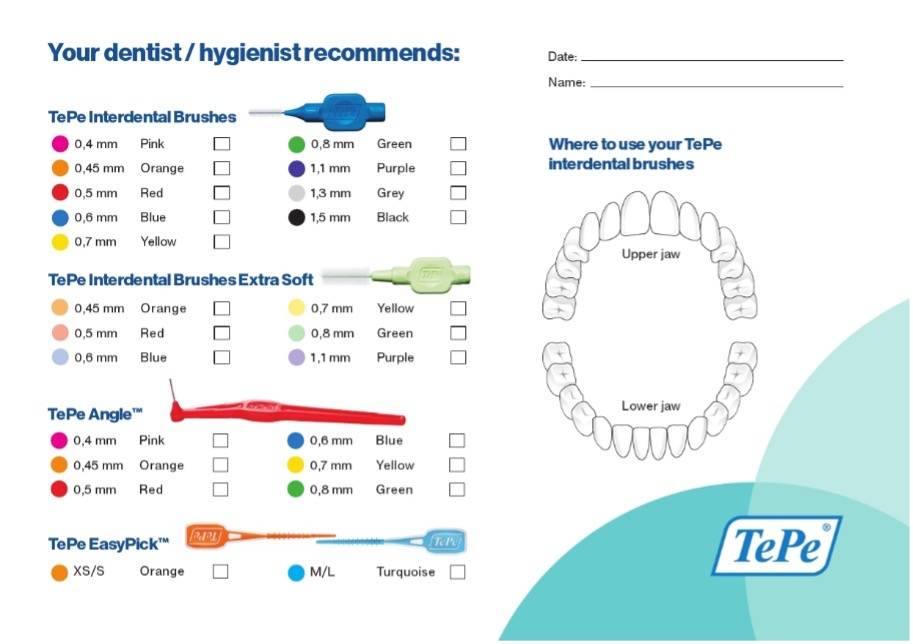
FIG. 1
TePe prescription pad – A reminder and aid (960176)

FIG. 2
If possible - try to limit the interdental brushes to two sizes.

FIG. 3
TePe Compact Tuft™ cleans excellently around the gingival margins.
REFERENCES
Cunliffe, J. & Grey, N., 2008. Crown Lengthening Surgery - Indications and Techniques. Dental Update, 35(January/February), pp. 29-35.
Dubal, R. & Porter, R., 2018. An Update on Discoloured Teeth and Bleaching Part 1: The Aetiology and Diagnosis of Discoloured Teeth. Dental Update, 45(July/August), pp. 601-608.
Dubal, R. & Porter, R., 2018. An Update on Discoloured Teeth and Bleaching Part 2: Mechanism of Action of Bleaching Agents and Management of Discoloured Teeth. Dental Update, 45(September), pp. 698-710.
Hermerèn, G., et al., 2006. Etik och estetisk tandvård. Tandläkartidningen, 98(15), pp. 62-66.
Padbury, A. et al., 2003. Interactions between the gingiva and the margins of restorations. Journal of Clinical Periodontology, pp. 397-385. Sälzer S., et al., 2015. Efficacy of inter-dental mechanical plaque control in managing gingivitis - a meta-review. Journal of Clinical Periodontology, 45(16), pp. 92-105.
Tonetti, M., et. al., 2017. Impact of the global burden of periodontal disease on health, nutrition and wellbeing of mankind: A call for global action. Journal of Clinical Periodontology, pp. 1-7.
Övall, B., et al., 2005. Estetisk och kosmetisk tandvård. Tandläkartidningen , 97(5), pp. 46-52.
About the Author

Sanjay Haryana, DDS, MSc, EMBA
Dr Sanjay Haryana received his DDS in 2002 from Malmö University, Faculty of Dentistry. He worked privately in Malmö, Sweden in a general practice with a special focus on implants, where he together with the Maxillo-Facial surgeon placed and restored implants. In 2005 he moved to London, UK, where he lived for 13 years. He mainly worked for a private independent group practice in the city of London, where he also was the clinical director. During his time in London, he completed a MSc in Aesthetic and Restorative Dentistry at University of Manchester and an MBA from Surrey University. Returning to Sweden, he joined the Nordic subsidiary of TePe Oral Hygiene Products. Dr Haryana is now responsible for the internal and external education program at TePe Nordic and for quality control within the Nordic subsidiary. Dr Haryana lectures nationally and internationally with topics connected to oral hygiene, sales psychology and sustainability.
Discover More
This article was originally published in the Clinical Life™ magazine: Fall 2023 edition
Clinical Life™ magazine is a premier periodical publication by Clinical Research Dental Supplies & Services Inc. Discover compelling clinical cases from Canadian and US dental professionals, cutting-edge techniques, product insights, and continuing education events.

